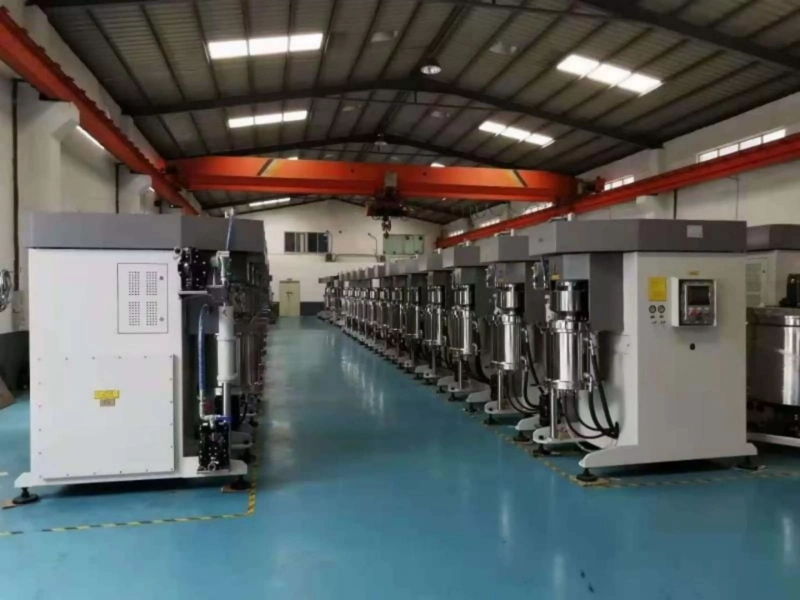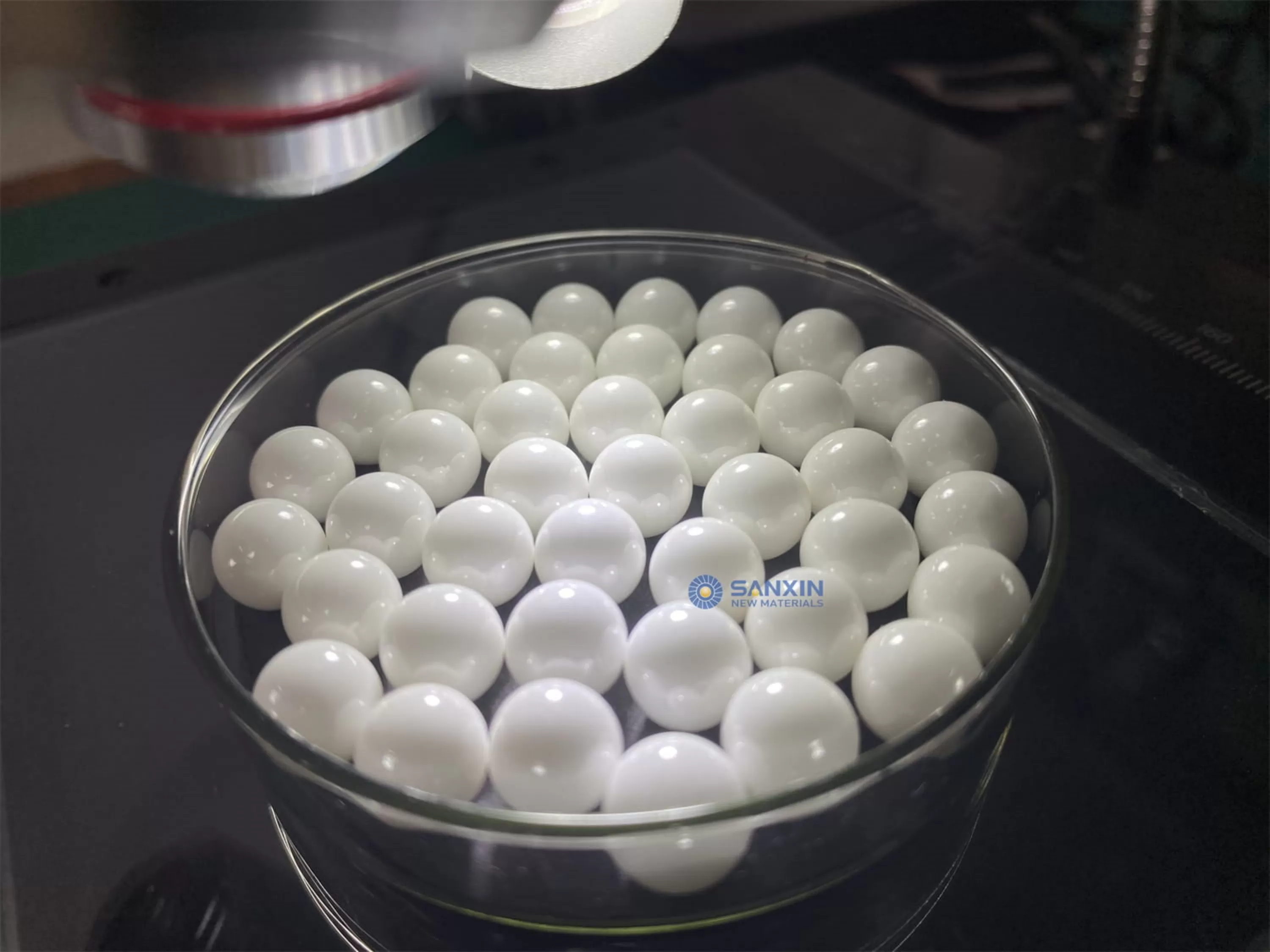In the realm of wet grinding machines, the terms "bead mill" and "sand mill" often create a sense of interchangeability. Let's delve into the nuances and distinctions between these two entities, unraveling the facets that make each unique.
Bead Mills, although akin to sand mills, stand out as a formidable method for processing fine particles, venturing into the sub-micron and even nanometer size spectrum. The landscape of bead mills offers a myriad of designs catering to varying viscosities, material traits, and targeted particle sizes within dispersions. Operating in either discrete passes or continuously, bead mills are versatile in their approach.
While multiple samples can be concurrently processed, it's crucial to address the potential hurdle of heat generation in Bead Mills. Bead Mill units rise to the challenge, providing optional cooling features and accessories to mitigate temperature-related concerns.

Bead Mills emerge as the go-to machines for dispersion processing, where solid particles like pigments and fillers undergo size reduction, achieving fine dispersion and complete wetting in a liquid phase. Within the mill chamber, small ceramic, glass, or metal beads agitate, facilitating particle size reduction through impactful energy input. This dispersion process unfolds as the material is pumped through the mill.
operates a diverse array of high-energy bead mill designs, capable of handling dispersions for various industries—ranging from aerospace and micro-ctronics to agrichemicals, cosmetics, digital printing, and medical devices. The grinding media, ranging from 2.5 to 0.3 mm, contributes to the creation of ultra-fine dispersions, showcasing the adaptability of in serving diverse sectors.
The bead mill proves its versatility by accommodating products across a viscosity spectrum— from low to high viscous, pumpable substances, facilitating fine grinding with media. Its application extends to paint, ink, chemicals, agrochemicals, and coating industries, acting as a catalyst for size reduction and pigment dispersion in liquids.
Let's take a visual dive into the intricate working process of the Bead Mill through a comprehensive diagram.
The Bead Mill/Sand Mill operates as an agitator bead mill with a horizontal grinding container, ensuring dispersion and superior wet grinding within a sealed system. The working principle unfolds as the feed is pressurized and pumped from the mill's bottom into the milling chamber filled with grinding media.
Multiple impellers fitted on a lengthy drive shaft induce agitation among the grinding media. The impeller assembly, rotating at high speed, generates pressurized movement of the grinding material and the feed. This upward movement subjects the material to high hydraulic and shearing forces, resulting in the fine grinding of the material.
The material then traverses through the micron gap disc, effectively separating the media from the process material. Every mill comes equipped with a mechanical seal, complemented by hydraulic pressure and a jacket arrangement, ensuring efficient cooling of the material within the grinding chamber.
In conclusion, the Bead Mill and Sand Mill, though sharing a common foundation, embark on distinct paths in the realm of wet grinding machinery. With its innovative designs and commitment to diverse applications, stands as a beacon in the field, offering solutions tailored to the unique requirements of different industries.

Bead mills and sand mills are both types of grinding equipment used in various industries, such as the paint, ink, and coatings industries, for dispersing and grinding materials. When using zirconia beads in these mills, there are some key differences between bead mills and sand mills that can affect their performance.
Bead Mill: In a bead mill, grinding beads are used as the grinding media. These beads are stirred or agitated in the mill to break down the material into smaller particles. The grinding action occurs between the beads and the material being processed.
Sand Mill: Sand mills also use grinding media, but in this case, it is typically sand or silica that is used as the grinding material. The sand is mixed with the material in the mill, and the grinding action occurs between the sand particles and the material.
Bead Mill: Zirconia beads are commonly used as grinding media in bead mills. Zirconia beads are known for their high density, wear resistance, and toughness, making them suitable for grinding various materials.
Sand Mill: While sand mills traditionally use sand or silica as grinding media, there are variations where zirconia beads can also be employed. Zirconia beads in a sand mill can provide advantages such as high density and wear resistance.
Bead Mill: Bead mills are known for producing fine and uniform particle sizes. The grinding beads impact and shear the material, resulting in effective particle size reduction.
Sand Mill: Sand mills can also achieve fine particle size reduction, but the grinding action may be less efficient compared to bead mills. The use of zirconia beads in a sand mill can enhance the efficiency of particle size reduction.
Bead Mill: Bead mills are often preferred for applications where a narrow particle size distribution is crucial, such as in the production of inks, pigments, and coatings.
Sand Mill: Sand mills are versatile and can be used for a variety of applications. The choice between bead mills and sand mills often depends on the specific requirements of the process.
Bead Mill: Zirconia beads, known for their wear resistance, contribute to longer mill life and reduced contamination of the processed material.
Sand Mill: The wear resistance of zirconia beads in a sand mill helps maintain the efficiency of the grinding process over time.
In summary, both bead mills and sand mills can utilize zirconia beads for grinding applications, with bead mills being more commonly associated with this type of grinding media. The choice between the two depends on the specific needs of the application, including the desired particle size distribution and the nature of the material being processed.

Submit your demand,
we will contact you ASAP.

Sanxin New Materials Co., Ltd. focus on producing and selling ceramic beads and parts such as grinding media, blasting beads, bearing ball, structure part, ceramic wear-resistant liners, Nanoparticles Nano Powder

